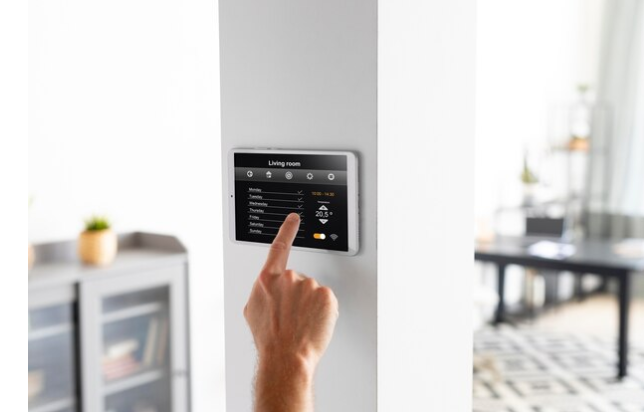Navigating The World Of Alarm Monitoring Security Systems

In an era marked by technological advancements and the constant need for heightened security, alarm monitoring systems have become an integral part of safeguarding homes and businesses. These systems offer more than just a deterrent to potential intruders; they provide peace of mind and real-time awareness. Navigating the world of alarm monitoring security systems requires a comprehensive understanding of the available options, features, and the evolving landscape of security technology.
Types of Alarm Monitoring Systems
· Burglar Alarms
Burglar alarms are the most common type of security system. They use sensors on doors and windows to detect unauthorized access. When triggered, these alarms emit a loud sound to deter intruders and simultaneously notify a monitoring center or the homeowner.
· Fire and Smoke Alarms
Fire and smoke alarm systems are crucial for early detection of potential disasters. These systems use sensors to detect smoke or heat and alert residents or monitoring centers to the presence of a fire, allowing for quick response.
· Video Surveillance
Video surveillance systems use cameras strategically placed around a property to monitor activities. Modern systems may include features such as motion detection, facial recognition, and remote access through smartphones, providing users with real-time video feeds and alerts.
· Environmental Sensors
Some advanced systems incorporate environmental sensors to detect issues like carbon monoxide leaks or flooding. These sensors contribute to comprehensive home monitoring beyond traditional security concerns.
Choosing the Right System
· Assessing Needs
Before investing in an alarm monitoring system, it is crucial to assess the specific security needs of your property. Consider factors such as the size of the space, the level of security required, and any unique vulnerabilities.
· Professional vs. DIY Installation
Alarm monitoring systems can be installed professionally or as do-it-yourself (DIY) projects. Professional installations ensure that the system is set up correctly, while DIY options offer flexibility and cost savings. Evaluate your technical expertise and the complexity of the chosen system before deciding.
· Connectivity Options
Connectivity is a critical aspect of alarm monitoring systems. Traditional landline connections are reliable but may be vulnerable to physical tampering. Cellular and internet-based connections offer increased reliability and remote access capabilities, but users should ensure they have a stable network.
· Monitoring Services
Choose between self-monitoring and professional monitoring services. Self-monitoring allows homeowners to receive alerts directly on their devices, while professional monitoring involves a third-party service that responds to alarms and contacts the appropriate authorities.
· Integration with Smart Home Systems
Many modern alarm monitoring systems integrate with smart home platforms, allowing users to control and monitor their security systems through a central hub or smartphone app. This level of integration enhances overall home automation and convenience.
The Evolving Landscape
As technology continues to advance, so too does the landscape of alarm monitoring security systems. Artificial intelligence, machine learning, and the Internet of Things (IoT) are increasingly being integrated into these systems, enhancing their capabilities and responsiveness.
· Artificial Intelligence (AI)
AI-powered systems can learn and adapt to patterns, reducing false alarms and improving the overall accuracy of threat detection. These systems can also provide predictive analysis based on historical data.
· Machine Learning
Machine learning algorithms enable security systems to evolve and improve over time. They can analyze data, identify trends, and optimize system performance for enhanced security.
· Internet of Things (IoT)
IoT technology allows various devices to communicate and share information. In the context of alarm monitoring, this means interconnected sensors, cameras, and other components working seamlessly together to provide a comprehensive security solution.
Conclusion
Navigating the world of alarm monitoring security systems involves careful consideration of your specific needs, technological preferences, and the evolving landscape of security technology. Whether you opt for a traditional burglar alarm or a cutting-edge, AI-powered system, investing in the right security solution can significantly contribute to the safety and protection of your property. Stay informed, embrace innovation, and choose a system that aligns with your unique security requirements to achieve true peace of mind.
